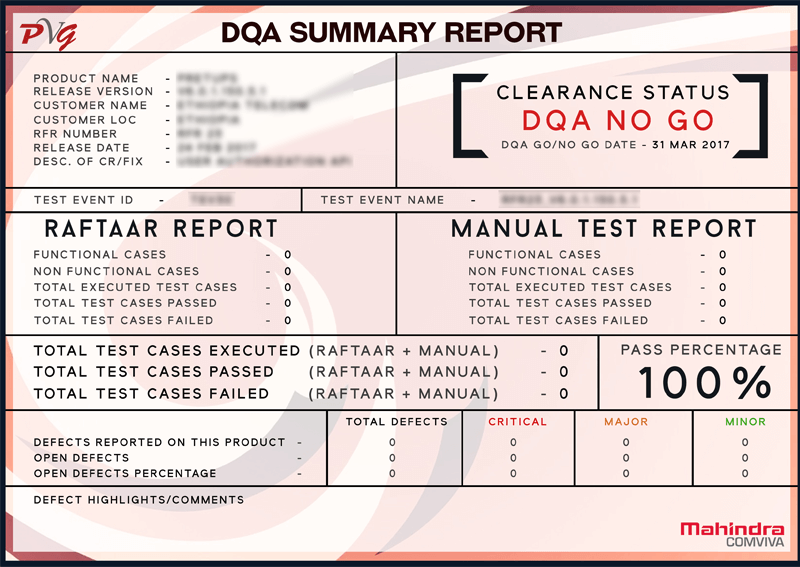Introduction
In the fast-paced world of software development, ensuring the quality of each release is paramount. However, the manual process of preparing a Defects Quality Assurance (DQA) report following release completion often proves to be cumbersome and time-consuming. As an Automation Engineer, I encountered this challenge firsthand, spending significant time compiling data from the Compass test management tool and formatting it into a report for stakeholders. This manual effort not only led to errors but also delayed the dissemination of crucial information.
The manual process of compiling and formatting the DQA report was not only time-consuming but also prone to errors. It required the dedicated time and effort of a test lead, taking away from other critical tasks. Furthermore, the delay in sharing updates with stakeholders could impact decision-making and the overall release management process.
To address these challenges, I designed and implemented a comprehensive automation solution. This solution aimed to streamline the DQA reporting process, improve efficiency, and enhance communication with stakeholders. By automating the collection, formatting, and sharing of release DQA data, the new process eliminates manual errors and reduces the time required to share updates with stakeholders. Additionally, the process includes an automated check to determine if a release should proceed based on predefined criteria, further enhancing the overall quality assurance process.

-
PHP100%
-
Adobe Photoshop100%
The automation of the DQA reporting process has brought about several significant benefits. It has improved the efficiency of the release management process by eliminating manual errors and reducing the time required to share updates with stakeholders. The automated check to determine the release's readiness based on predefined criteria has also reduced the chances of bypassing the DQA process, ensuring that only high-quality releases are pushed through. Overall, the automation has enhanced the depth and quality of information provided to stakeholders, enabling better decision-making and contributing to the success of our projects.
Conclusion
In conclusion, automating the DQA reporting process has been a game-changer for our team. It has not only improved efficiency and accuracy but has also enhanced communication with stakeholders. By streamlining the DQA reporting process, we have been able to focus more on strategic aspects of our work, ultimately leading to better outcomes for our projects.